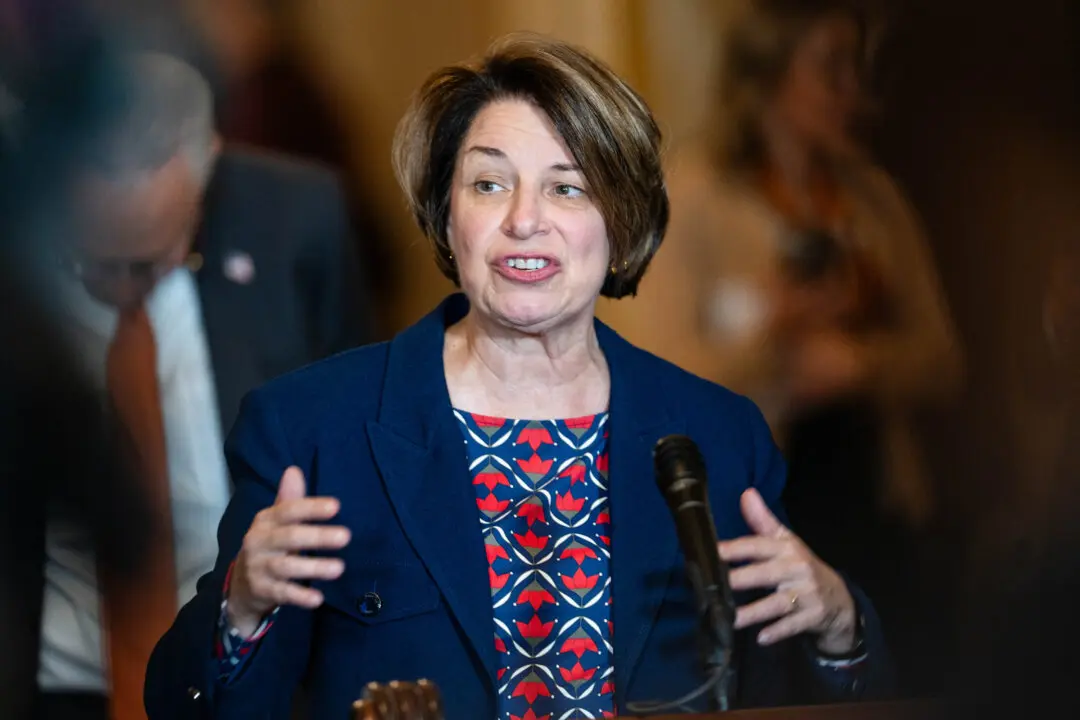The brutal cold snap in Texas that brought days of blackouts and water shortages has exposed the shortcomings of the state’s electricity system, but one expert says that the fix is better winterization measures and improved management—not more federal integration and control of the Lone Star State’s independent power grid.
Jason Isaac, a former state representative and current director of Life: Powered, a project of the Texas Public Policy Foundation, told The Epoch Times’ “American Thought Leaders” program that the power crisis—essentially a story of extreme cold causing both a surge in energy demand and reduction in energy production—has laid bare the need for reform.





